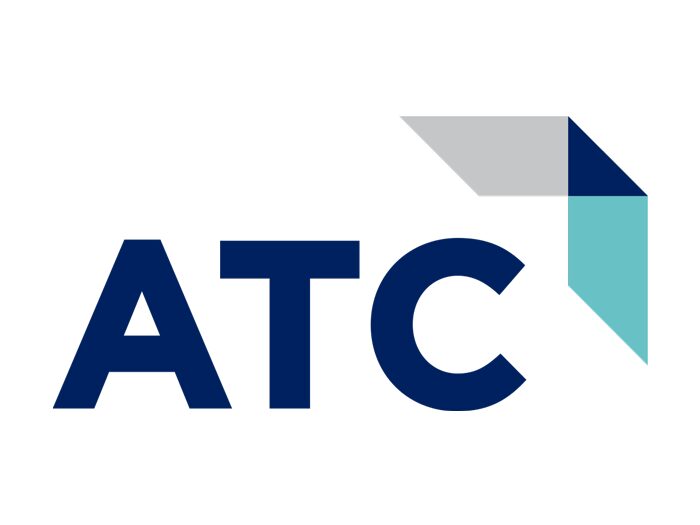(Below originally appeared on the AireSpring blog.)
VoIP is becoming increasingly widespread among businesses and it’s no secret why. The convergence of voice and data onto a single unified network significantly lowers infrastructure and service costs, while also improving productivity by facilitating communication. Additionally, the migration to business VoIP can be done on a company’s own timetable and without abruptly abandoning existing legacy systems. VoIP, therefore, has several benefits for businesses, which have led to its growing adoption. However, the real power of this technology is not just that it improves the existing model of business communications, but radically changes it.
There’s much more to VoIP than offering a more affordable alternative to existing phone systems. With the move to a hosted or cloud solution, companies can move beyond simple voice service to new applications. Business VoIP service has far-reaching implications in many areas, but three of the biggest are media communications, enhanced mobility, and Unified Communications.
A big effect of this technology is extending the support for media communications beyond basic voice services. Traditional business phone systems offer little more than voice and fax support and are unable to keep up with the proliferation of communications made possible by the Internet. Business VoIP, on the other hand, is perfectly poised to meet the demands of the modern organization. New features include the capability for unified messaging for access to messages from anywhere with any device, applications to manage calls and messages from a PC or laptop, and convergence with data to reduce costs and the complexity of administration by locating all services under one provider.
The second aspect is increased mobility. The proliferation of smartphones and tablets has led to the rise of the Bring Your Own Device (BYOD) trend. Business VoIP supports BYOD by not only incorporating mobile devices into the network with access to enterprise-class features, but also by opening up a whole new level of flexibility. Whether employees are constantly traveling or just stepping out of the office, they remain connected and can easily make and receive calls and even participate in meetings with video-conferencing. Businesses can seamlessly incorporate remote workers and, by doing so, make use of talent regardless of where employees are located. A future evolution of this technology is the “virtual office” in which employees are connected by VoIP yet are geographically independent of each other.
The third item is Unified Communications. UC is not a specific product or solution, but a strategy that uses VoIP as a foundation for the integration of communications with business processes across a unified interface. Employees can easily share and edit files, while interacting with each other through chat or video conferencing, which boosts productivity. Agents gain the ability to connect with customers through multiple channels, thereby improving the customer service experience.
While many businesses may choose to adopt VoIP initially for the cost-savings, that’s only scratching the surface of what this technology can offer. A business VoIP solution can greatly change and expand operations through its features and support for enhanced communications, providing a greater level of flexibility and mobility as well as forming a basis for a UC strategy. As more and more companies take advantage of these aspects of their VoIP systems, they are seeing changes not just in their communications, but in the very nature of how they do business.












